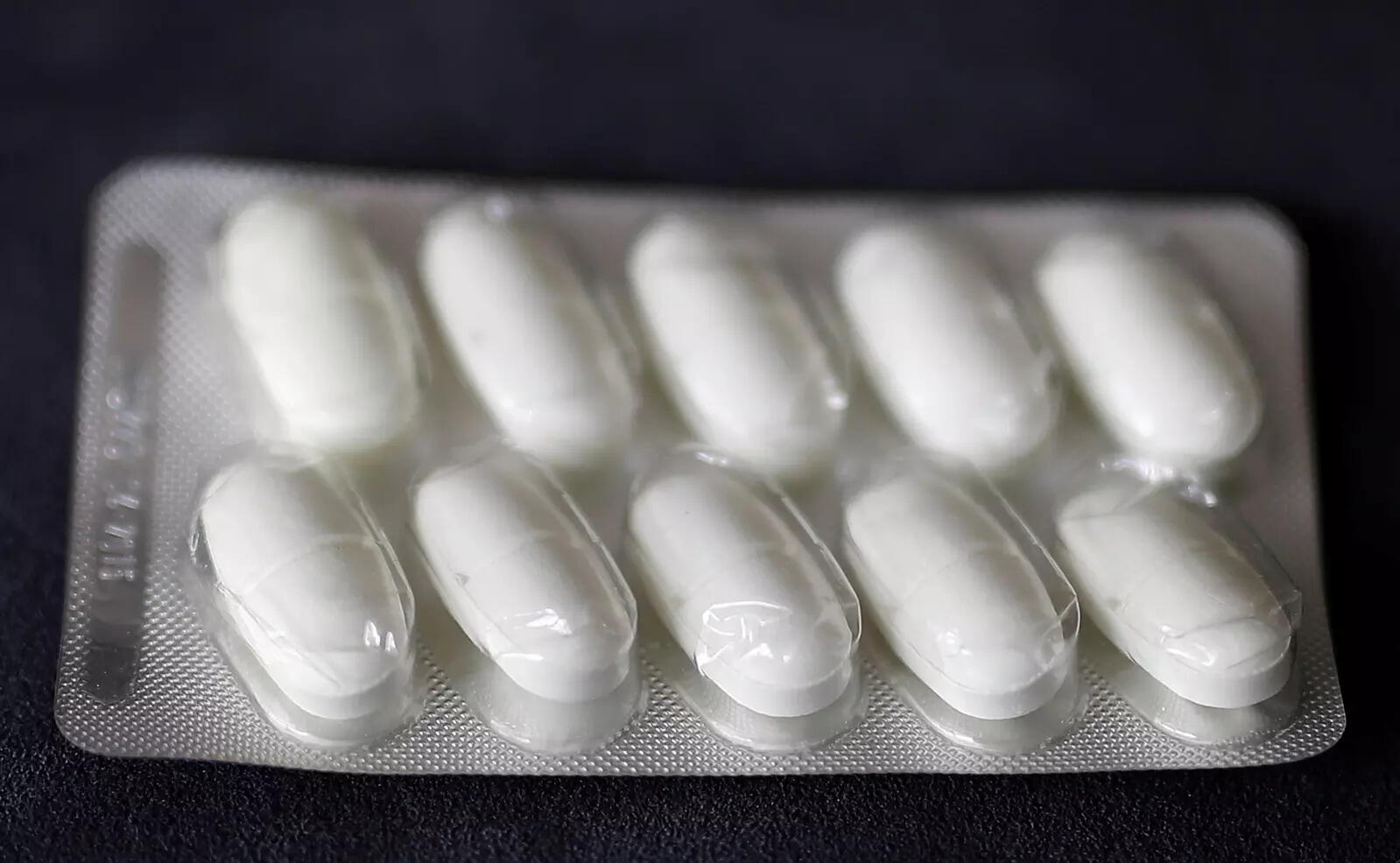Antibiotics overuse: “With resistance to 1st and 2nd line antibiotics, doctors forced to use reserve drugs” – Times of India
What is antibiotics misuse?
Misuse of antibiotics refers to consuming antibiotics without medical advice, re-using old prescriptions, not completing the prescribed course or shortening treatment duration, taking less than the prescribed dose, or failing to comply with the right frequency.
Why we need to practice caution
Dr. Kiran G Kulirankal, Assistant Professor, Division of Infectious Diseases, Amrita Hospital, Kochi explains, “Antibiotics have not only just saved lives but have led to major advances in the development of medicine and surgery. They have increased the average life expectancy from mid-twenties to seventies in the last century by reducing morbidity and mortality caused by infections. The rampant overuse of antibiotics has made way for the evolution of resistance. Inappropriate prescriptions have also contributed to the emergence of multi resistant organisms. The use of antibiotics to treat livestock also adds to the transmission of drug resistant bacteria. Economic and regulatory obstacles in the pharmaceutical industry have led to fewer antibiotics being developed.”
She adds, “With the emergence of resistance to 1st and 2nd line antibiotic treatment options, health care professionals are forced to use reserve antibiotics which are more expensive and with side effects. This will only add to the cost of the nation’s already overworked health care infrastructure.”
The AMR (antimicrobial resistance) crisis
The World Health Organization has recognized the critical need to address AMR (Antimicrobial resistance) urgently and has declared that AMR is one of the top 10 global public health threats facing humanity. According to Dr. Sonali Dighe, Medical Director, Pfizer Limited, “According to a 2017 report, about 700,000 people die of AMR every year. This could potentially rise to as many as 10 million deaths annually by 2050, if no action is taken now. AMR could also result in a 3.8% drop in annual GDP. In India, an estimated 2 million people could die because of AMR by the year 2050.” Some pathogens such as Klebsiella pneumoniae, Acinetobacter and Pseudomonas known to cause healthcare-related infections are becoming increasingly difficult to treat and have developed resistance to a large number of antibiotics, including carbapenems and third generation cephalosporins – antibiotics used for treating multi-drug resistant bacteria, she adds.

ATLAS (Antimicrobial testing leadership and surveillance) is a global (including India), fully searchable database by Pfizer for antibacterial surveillance which is useful for the HCPs to understand local resistance patterns of various bacteria and the antibiotics that can work on these bacteria. We also have ongoing educational programs for clinicians, nurses and pharmacists on implementing antimicrobial stewardship in hospitals.
Conclusion
The need of the hour is proper training of healthcare workers regarding prescription of antibiotics and awareness regarding stopping the use of unnecessary antibiotics among the public. We need laws to prevent over the counter sale of antibiotics and sell drugs only with valid prescription – all these steps will help to curb the spread of antibiotic resistance.
For all the latest lifestyle News Click Here

